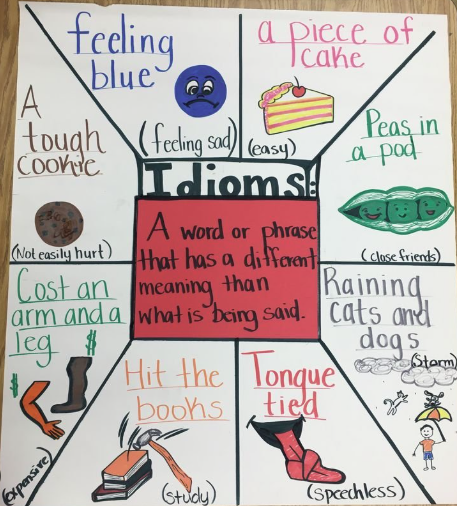Idioms and expressions give language its color, humor, and cultural depth. Mastering them can take your communication skills from good to great—but they can also be confusing at first. These handy tips will help you learn idioms and expressions more easily, making your language learning more natural and enjoyable.
1. Learn Idioms in Context
Instead of memorizing lists, focus on how idioms are used in real conversations. Watch shows, read stories, or listen to podcasts in your target language. Pay attention to the situation, tone, and emotion behind each expression.
2. Focus on Common, Everyday Idioms First
Start with expressions you’re likely to hear often, like “break the ice,” “under the weather,” or “once in a blue moon.” These are easier to remember and more useful in everyday conversation.
3. Use Flashcards with Examples
Create flashcards that include the idiom, its meaning, and a sample sentence. Visualizing how it’s used helps lock it into memory and makes it easier to use correctly.
4. Group Idioms by Theme
Learning similar expressions together (e.g., food idioms, weather idioms, or work-related idioms) helps reinforce patterns and builds mental associations that aid retention.
5. Practice Using Them in Conversation
Don’t wait until you’re perfect. Try using new idioms when speaking or writing. Even if it feels awkward at first, active use helps solidify understanding and builds confidence.
6. Learn the Literal Meaning Too
Understanding where an idiom comes from can make it more memorable. For example, knowing that “spill the beans” originally referred to revealing secrets in a vote helps link the phrase to its meaning.
7. Keep an Idiom Journal
Track new expressions you encounter. Write the idiom, its meaning, and an example sentence. Revisit your journal regularly to refresh your memory.
8. Play with Language
Use idiom games, quizzes, or online videos that feature common phrases. Engaging in fun practice makes learning stick better.
Final Thought
Idioms and expressions add personality to your language skills. With a little curiosity and consistent practice, you’ll begin to understand and use them naturally—making your conversations sound more fluent, relatable, and culturally rich.














